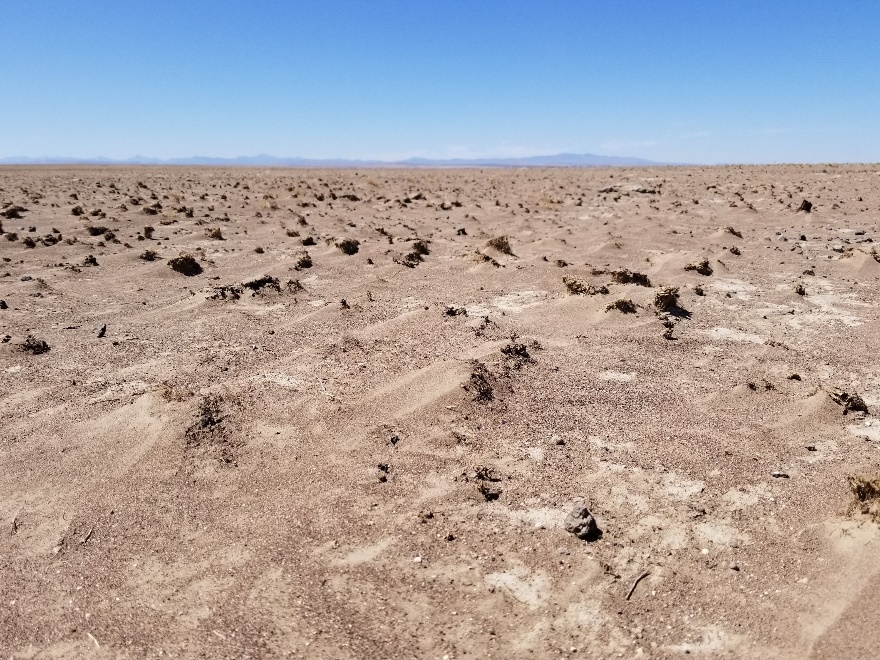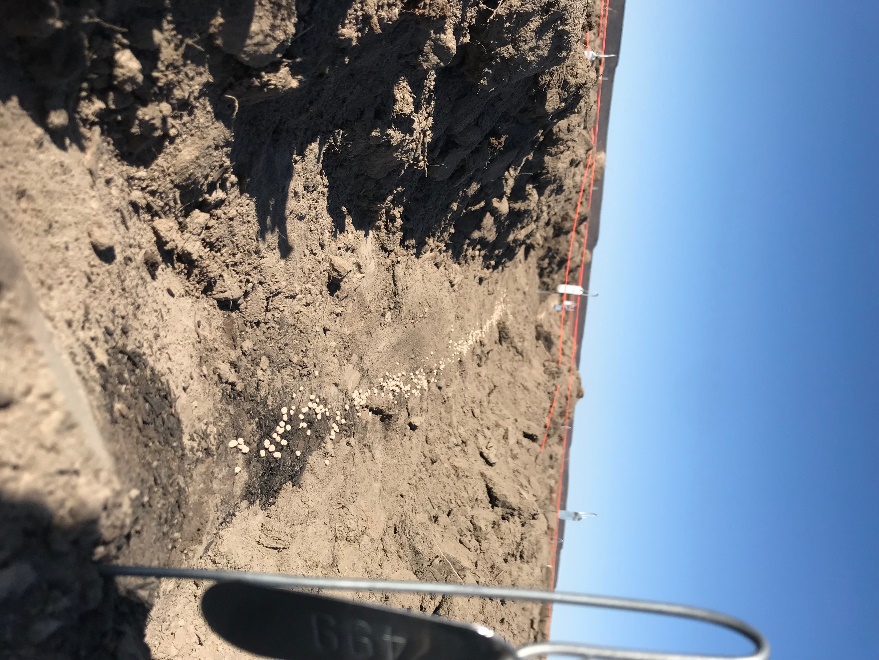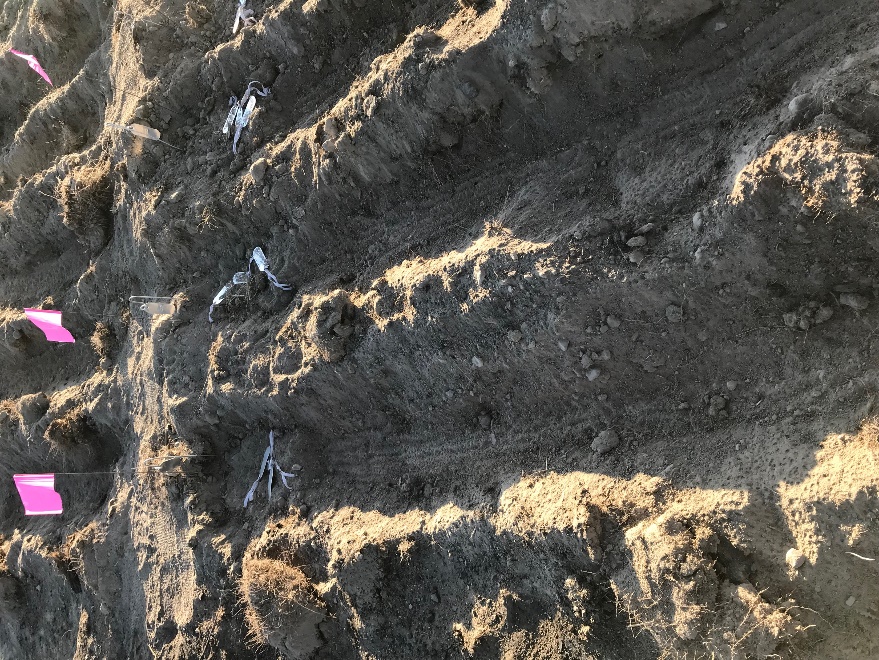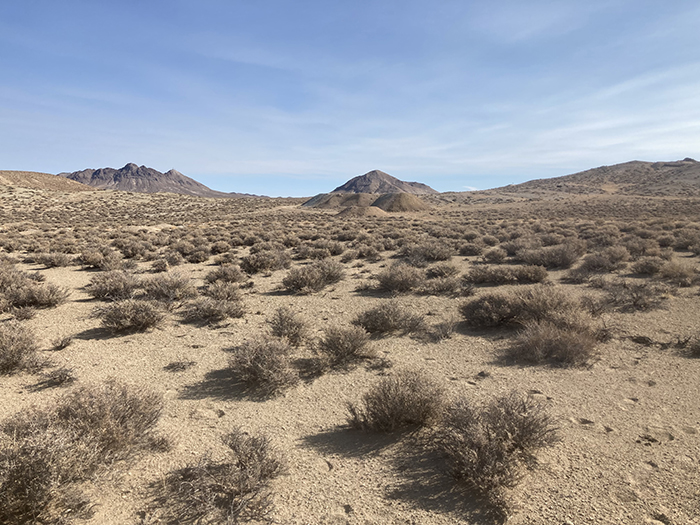Project #2
Assessing seed coatings for successful Indian ricegrass restoration.
Research Objective
- Determine seed coating efficacy for germination & establishment
- Four seed coatings
- Irrigated (simulated rainfall) and non-irrigated treatments
- Determine role of soil temperature at two depths, (5 cm and 10 cm) on success of both irrigated and non-irrigated plots
Relevance
- Approximately 40% of the world’s rangelands are desertified. To combat desertification and improve understanding of how to restore very dry lands, use of seed coatings is being explored
- Indian ricegrass, an important perennial grass in the US Southwest, has been significantly reduced since settlement by over-grazing. It is proved difficult to reestablish – seed-coatings hold promise to be the solution









